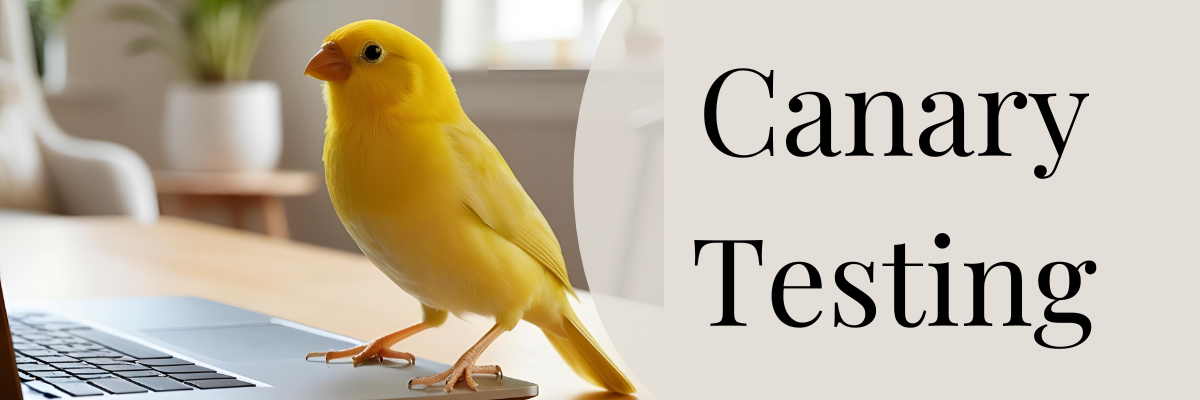Introduction
AI is revolutionizing the way we work, think, and make decisions. From resume screening and content creation to complex data analysis and strategic planning, AI has become an invaluable tool. As a career coach who has recently embraced AI best practices, I see firsthand how professionals can enhance productivity and decision-making using AI. However, I also recognize the risks of over-reliance on AI, where individuals may defer too much judgment to machines, weakening their critical thinking skills.
How can we strike the right balance? How do we ensure that AI complements rather than replaces human cognition? The answer lies in developing a mindset that merges technological efficiency with human reasoning.
The Risks of Over-Reliance on AI
AI is designed to analyze vast amounts of data, identify patterns, and generate insights at speeds no human can match. While this capability is transformative, an over-reliance on AI can introduce several risks:
1. Reduced Critical Thinking and Problem-Solving
When we let AI do the thinking for us, we risk losing our ability to analyze problems independently. AI can provide suggestions, but it doesn’t have intuition, emotional intelligence, or context-specific reasoning that human judgment offers.
2. Inherent Biases in AI Models
AI models are only as good as the data they are trained on. If the training data contains biases, the AI’s outputs will reflect those biases. Without critical analysis, professionals may blindly accept AI-generated results without questioning their validity or fairness.
3. Erosion of Creativity and Original Thought
AI can generate content, provide recommendations, and automate processes, but it cannot replicate human creativity, intuition, or innovative thinking. Over-reliance on AI can lead to a lack of original ideas and a dependence on pre-existing patterns.
4. Ethical and Decision-Making Challenges
AI lacks ethical judgment. If we delegate too much decision-making authority to AI, we may encounter ethical dilemmas where human oversight is necessary to determine what is right, fair, or beneficial in a given situation.
How to Balance AI and Critical Thinking
To maximize AI’s benefits while preserving human judgment and reasoning skills, professionals need a structured approach to integrating AI into their workflows. Here are key strategies to maintain balance:
1. View AI as an Augmenter, Not a Replacement
AI should be seen as a tool that enhances human intelligence, not as a substitute for it. Use AI to support analysis, automate repetitive tasks, and provide insights—but ensure that final decisions involve human oversight.
Example: If AI suggests potential candidates for a job role, a hiring manager should still evaluate candidates beyond AI recommendations, considering cultural fit, adaptability, and interpersonal skills.
2. Cross-Check AI Outputs with Human Judgment
AI-generated content, insights, or recommendations should always be scrutinized. Use AI for assistance, but validate results with human expertise, logic, and context.
Example: If AI generates a marketing strategy based on historical data, a human should still assess whether the recommendations align with current trends, audience behaviors, and brand objectives.
3. Encourage Active Engagement and Thoughtful Reflection
Professionals should continuously practice critical thinking by asking questions, exploring alternative perspectives, and reflecting on AI-driven insights.
Key questions to ask before accepting AI recommendations:
- Does this recommendation align with my own expertise and knowledge?
- What potential biases might be influencing this AI-generated output?
- What factors did the AI not consider that could impact the outcome?
4. Invest in Continuous Learning and AI Literacy
AI is evolving rapidly, and professionals must stay informed about its capabilities, limitations, and ethical implications. Developing AI literacy helps individuals interact with AI more effectively without blindly relying on it.
Example: Learning about AI decision-making processes and model biases can help professionals assess AI-generated recommendations more critically.
5. Combine AI with Emotional Intelligence
AI lacks emotional intelligence—the ability to understand human emotions, social dynamics, and nuanced decision-making. Humans must bridge this gap by considering empathy, ethical considerations, and social impact in AI-driven decisions.
Example: AI can assist in performance evaluations by analyzing productivity metrics, but human managers should incorporate emotional intelligence, considering personal growth, leadership qualities, and interpersonal skills.
6. Foster Creativity and Independent Thinking
To counteract AI-driven automation, individuals should actively cultivate creativity, curiosity, and independent problem-solving skills. Engage in brainstorming sessions, strategic discussions, and scenario planning that go beyond AI-driven insights.
Example: If AI suggests business strategies based on past data, leaders should still explore innovative, out-of-the-box approaches that AI might not predict.
Conclusion
AI is a powerful tool that can elevate productivity and decision-making, but it should never replace human reasoning. The key to striking the right balance is to use AI as a support system while maintaining a strong foundation of critical thinking, creativity, and ethical judgment.
By actively engaging with AI, questioning its outputs, and continuously refining our independent thought processes, we ensure that AI serves us—rather than the other way around.
As professionals, our goal should be to embrace AI intelligently, leveraging its power while preserving the uniquely human abilities that drive innovation, leadership, and ethical decision-making.
What are your thoughts? How do you personally ensure that AI enhances rather than replaces your critical thinking skills? Let’s continue this conversation.
Read more from our blog
Empathetic Leadership: The Hidden Superpower of Today’s Best Project Managers
Across industries and team dynamics, one leadership trait is quietly transforming teams, elevating p…
Leadership Lessons from Unexpected Places: What Project Managers Can Learn from Pilots, Chefs, and Athletes
Sure, project management loves its frameworks and certifications—but let’s be honest, no one ever go…
Oops! How to Recover From That Accidental Screen Share Slip-Up in a Work Meeting (Without Moving to a Remote Island)
We’ve all been there. One second you’re presenting quarterly numbers, and the next, your…
Writing a Project Status Report That Actually Gets Read (With Examples)
Let’s be honest: most project status reports collect dust in inboxes. They’re either too long,…
The MoSCoW Method: A Complete Guide to Prioritization in Project Management
Introduction Effective prioritization is key to delivering value on time and within budget. One of t…
Canary Testing: The Smart Way to Deploy Software with Minimal Risk
For many organizations, rolling out updates and new features comes with inherent risks. Even with ri…





